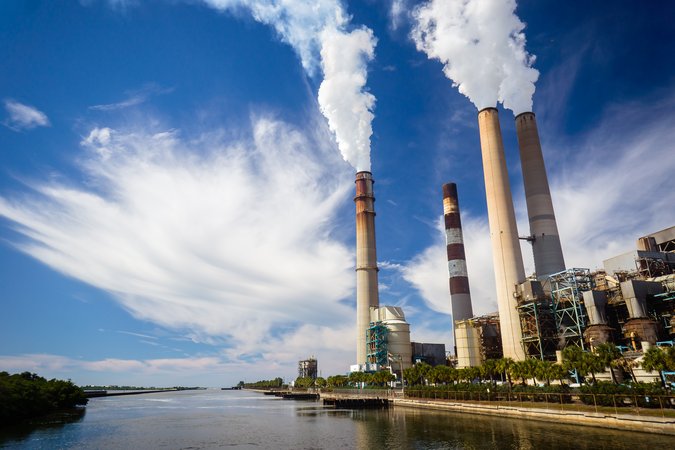|
Learning-by-Doing in Energy Technologies
William and Flora Hewlett Foundation Energy Foundation

An RFF Workshop
June 17 and 18, 2003
Washington, DC.
This workshop draws together experts already working in the area of endogenous technological change, with a specific focus on the role played by learning-by-doing and begins a valuable dialogue about technology and climate policy among researchers and analysts that, for disciplinary or other reasons, do not routinely talk to one another.
The core of the workshop is three sessions, each focusing on a specific renewable energy or low emission transportation technology. Three technologies have been chosen for discussion: wind powered electricity generation, photo-voltaics, and fuel cells. These technologies are representative of technologies at various points along a typical learning curve recognizing that different types of learning and policy interventions may be relevant at different points along the curve.
Preceding the technology sessions and setting the stage for the subsequent presentations and discussion, will be an introductory panel that will present different views, perceptions, and paradigms with respect to learning and technology policy. The opening panel of the workshop will address the following questions:
- What is learning-by-doing (LBD)?
- What underlies this phenomenon and what are its causes and consequences?
- Is there a cost of LBD? What comprises this cost and how do we measure it?
- Will private firms and markets take full account of LBD, or are there relevant ?market failures? that suggest markets will generate suboptimal outcomes if left to themselves? What is the nature of these market failures? If environmental and security externalities were fully accounted for, would there still be an argument for policy directed at LBD? Or is the main reason to focus on LBD a lack of momentum on direct environmental policies?
- What potential policy levers are available for encouraging LBD, and what is the ultimate objective of such policies? Is there evidence that policies have encouraged LBD in the past, or that prospective policies will do so?
- How do we measure past LBD and/or forecast future LBD? Do historical patterns of LBD vary across technologies or within technologies over time, and if so, how? What information is necessary to measure and forecast?
- Can we distinguish LBD from other forces driving technological change, such as ordinary R&D, regulations, price-inducement, or scientific advance? If so, how? Can we distinguish LBD from other supply and demand forces that influence production costs, output, and prices, and if so, how (that is, what else do we need to control for? Are there synergies or trade-offs in these forces? What are the relative contributions of these forces to cost and price changes over time?)
- How do we decide how much LBD to encourage through policy, how much to spend, or when we?ve intervened enough?
This introduction is followed by the three technology-specific sessions.
A scholar familiar with the particular technology will make the first presentation in each of these three sessions. This presentation will draw on existing research and provide a broad overview of the technology, a description of its evolution and development, and the role that LBD has played in that development. This presentation will address the following issues:
- A brief, non-technical overview of the technology.
- A description of what is currently known about the cost of this technology (e.g., in the case of wind power, how much do the units cost and what is the cost of a kilowatt hour of generation; in the case of fuel cell powered vehicles, what is the cost of the vehicle and the cost of a vehicle mile traveled).
- A description of how cost has fallen over time and as a function of accumulated output.
- Identification of the factors that have caused cost to fall in the past and what factors may operate to cause cost to fall in the future.
- Identification of any obvious barriers to the adoption and diffusion of this technology, other than cost.
- A description of public policies that would most effectively lower the barriers (if any) and lower cost in the future.
- A description of the likely benefits (either qualitatively or quantitatively) that would be derived from the policy and the costs of the policy if known.
The second presentation will be made by a scholar trained in the social sciences who will discuss and comment on the first presentation, and in particular address the following:
- The ability to predict in advance how technologies are likely to progress, including the appropriateness of methods.
- The “need” for public policy intervention and alternative policy formulations.
|




